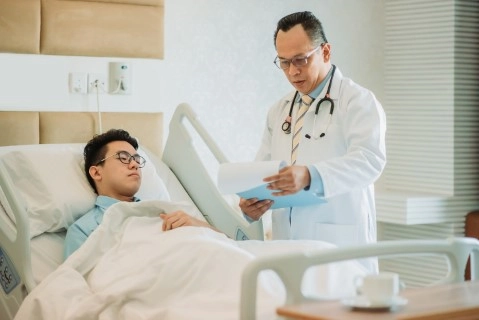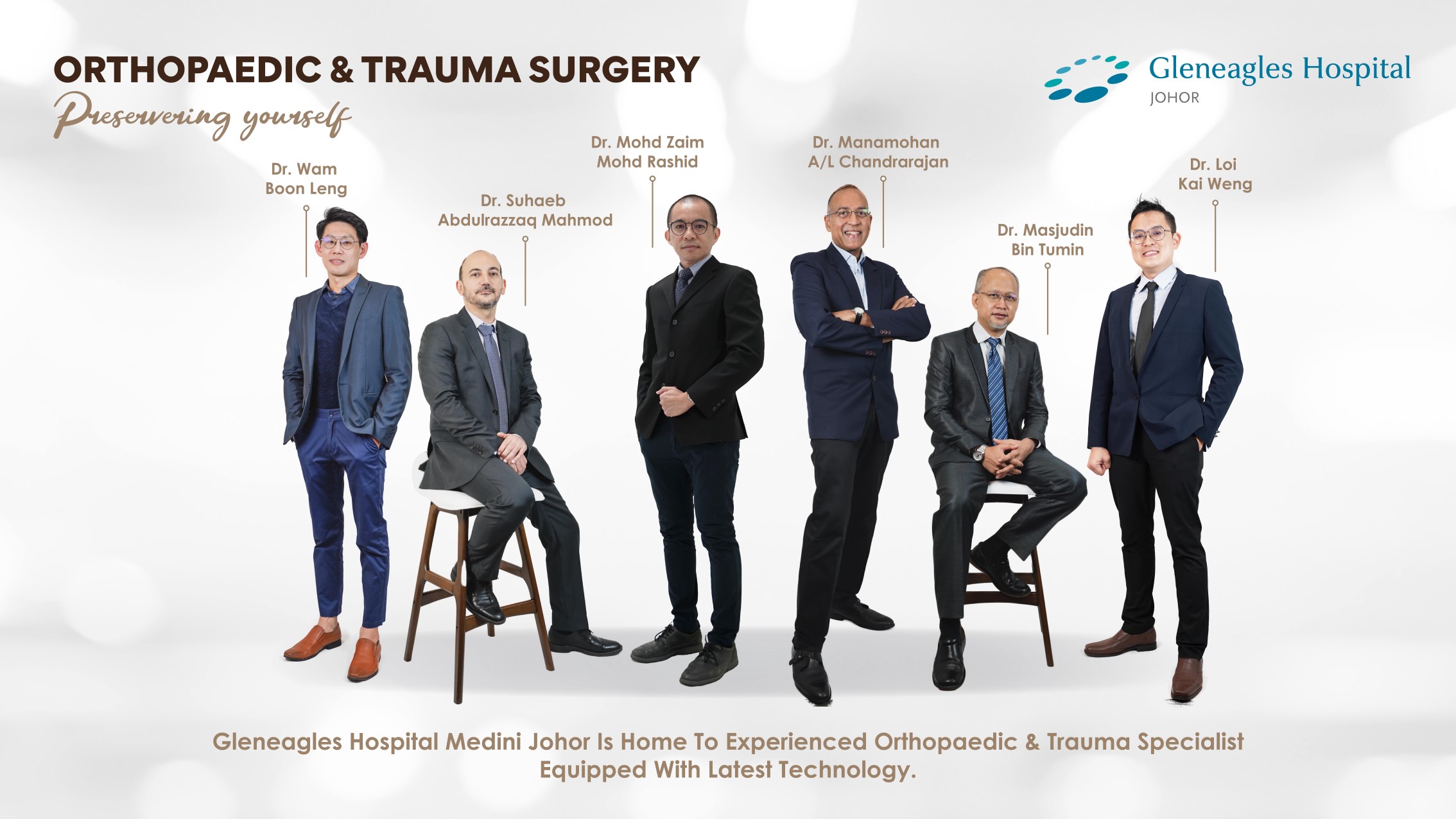
Preserving yourself
In Gleneagles Hospital Medini Johor, Orthopaedic Centre housed by a team of experienced professionals who are dedicated to providing the best possible care. From diagnostics to treatment, the team at the Orthopaedic Centre will work together to help you get back to your life as normal as possible.
The team at an Orthopaedic Centre is composed of experts in a variety of fields, including orthopaedics, sports medicine, rehabilitation, and physical therapy. They have the knowledge and experience to help you recover from any injury, no matter how serious. Our orthopaedic centre facilitates state-of-the-art technologies to give better outcomes.
OUR ORTHOPAEDIC SERVICES
We offer a range of services to help people with musculoskeletal problems. These services can include treatments for conditions such as arthritis, spondylitis, and plantar fasciitis, along with surgery. The centres also offer rehabilitation therapy, which is an important part of treatment for many conditions.
Common conditions that orthopaedic specialists treat include:
- Bone fractures
- Arthritis joint pain
- Soft tissues injuries such as the ligament, tendon and muscle
- Neck pain
- Back pain
- Shoulder pain
- Congenital conditions such as scoliosis and clubfoot
- Bone cancer
Seek medical attention if you experience this symptoms:
- Have a problem moving your elbow, knee or shoulders. This will include a decrease in mobility or range of motion.
- Have persistent pain or swelling in bone, joint or muscle that is constant and does not recover naturally.
- Recently suffer from an injury to a bone or joint.
- Frequently experience numbness or tingling such as the feeling of pins and needles in your arms or legs.
- Have difficulty performing your daily tasks due to intense pain in the joints.
SCREENING & DIAGNOSIS
We provide some of the most cutting-edge diagnostic systems and tools at Gleneagles Hospital Medini Johor.
Our specialists are prepared to answer any queries and explain the testing procedures and results in simple language that is easy to understand.
We are committed to ensuring our patients have a positive experience from start to finish.
PHYSICAL EXAMINATION
Joints that are warm, red, and tender (inflamed) will be examined. The examination includes assessing the range of motion of the joints as well as the fluid collection (swelling).
BLOOD TESTS
To determine the type of arthritis, the typical diagnostic tests include extracting and analysing the inflammatory markers (such as CRR, ESR, and WBC) in the blood. Additionally, there are blood tests that look for particular antibody subtypes like anti-CCP (anti-cyclic citrullinated peptide) and RF (rheumatoid factor).
IMAGING DIAGNOSTICS TECHNIQUES
Following are the imaging facilities offered at Gleneagles Hospital Medini Johor:
- Computerised Tomography (CT) Scan - A computerised tomography or CT scan is a diagnostic imaging technique that uses x-rays and digital imaging to produce cross-sectional images of the bones, blood vessels and soft tissues inside the body.
- Diagnostic ultrasound - Diagnostic ultrasound, also called sonography, is a non-invasive imaging technique that uses high-frequency sound waves to produce images of structures within the body. The high-resolution images enable the detection of tendon tears tiny calcifications, and foreign bodies.
- Dual Energy X-ray Absorptiometry (DXA) - Dual-energy x-ray absorptiometry is a procedure that uses x-rays to evaluate bone density when diagnosing osteoporosis. DXA is also used to predict a person's risk of fracture and can be useful for monitoring the response to treatment as well.
- Magnetic Resonance Imaging (MRI) - Magnetic resonance imaging, or MRI, is a non-invasive medical imaging procedure which uses a magnetic field and pulses of radio wave energy to produce pictures of the bones and soft tissues. MRI does not use x-rays and does not have any known side or after-effects. MRI is used to diagnose and evaluate various medical conditions that affect the soft tissues.
- Magnetic Resonance Arthrography (MRA) - Magnetic resonance arthrography is like magnetic resonance imaging but shows better images because a contrast solution called gadolinium is injected into the joint, outlining joint structures and showing soft tissue tears and defects. MRA is used to evaluate and diagnose joint conditions and is effective at detecting disease of the ligaments, tendons and cartilage.
- Positron Emission Tomography (PET) scan - A PET scan is a medical imaging procedure that provides detailed information on the functions of an organ or system in the body. These images provide the physician with physiological information about the bone and are used to detect areas of abnormal bone growth associated with tumours or other abnormalities.
- Electromyogram (EMG) - An electromyography is a diagnostic procedure that evaluates the electrical activity or muscle response to a nerv's stimulation. This test is designed to identify conditions that affect the muscles, the nerves, or the relationship between the two. An EMG procedure involves the insertion of one or more needles (also called electrodes) through the skin into the muscle tissue to record the electrical activity of the muscles onto a computer.
Needle (Open Biopsy) - During a bone biopsy, bone samples are taken to determine the presence of abnormal cells. Two categories of biopsies exist:
- Needle biopsy. An extremely small skin incision is required for a needle biopsy. To obtain a sample, a specific biopsy needle is inserted into the bone. The treatment is carried out while receiving local anaesthesia.
- Open biopsy. An open biopsy requires a larger skin incision. Surgery is used to remove a piece of bone. The patient is given general anaesthesia for this surgery.
NONSURGICAL ORTHOPAEDIC TREATMENTS
Before recommending surgery, orthopaedic specialist may advise non-surgical therapies. These therapies are often known as conservative treatments.
Several nonsurgical procedures include:
- Exercises - Orthopaedic doctors may recommend specific stretches or mobility drills to help you keep or gain strength, flexibility, and range of motion in troublesome regions.
- Immobilization - If an injured limb is already under a lot of stress, the advice may be to keep it that way so it may recover without additional strain. This also entails giving the afflicted areas additional support. Braces, splints, and casts are a few examples of immobilisation techniques.
- Medication - Depending on the severity, your orthopaedic doctors may advise using over-the-counter painkillers or certain prescription medications to reduce swelling and discomfort.
- Lifestyle adjustments - In order to prevent further harm and stop the deterioration of your injury, lifestyle adjustments are required. Orthopaedic experts can offer advice on how to change your diet, how to exercise, and how much physical activity is safe for you.
SURGICAL ORTHOPAEDIC TREATMENTS
Even after taking precautions, there are situations when the condition or injury does not get better. These circumstances might necessitate surgery. An orthopaedic surgeon may conduct a variety of procedures, such as:
- Total knee replacement
A surgical treatment called total knee replacement replaces the defective (arthritic) parts of the joint with artificial joint components (prosthesis). In addition to severe osteoarthritis, rheumatoid arthritis, haemophilia, gout, and knee injuries, total knee replacement can also be utilised to replace a knee joint. - Decompression laminectomy/laminotomy
Surgery called a laminectomy is done to treat spinal stenosis (which puts pressure on the spinal cord or spinal nerve roots). When the spinal column narrows, it can cause spinal stenosis, which pinches the spinal nerves. This can lead to leg, back, neck, and arm discomfort, numbness, or paralysis. A surgical incision is made in the back in order to remove the bone and tissue that are pressing on the spine. Herniated discs, spinal tumours, and spinal injuries can all be treated by laminectomy. - Knee arthroscopy
The surgical procedure known as knee arthroscopy can be used to identify and address knee joint issues. An extremely small incision is made during the treatment, and a tiny camera known as an arthroscope is inserted into the knee. This gives the surgeon the ability to see the knee injury and, if necessary, fix it with little devices through a different insertion. Several knee conditions, like a torn meniscus or an aligned patella (kneecap), are diagnosed through arthroscopy. The ligaments of the joint can also be repaired by it. - Corrective spine osteotomy
In a spinal osteotomy, a portion of the spinal bone is cut and removed during surgery to enable for the adjustment of spinal alignment. It is carried out to rectify the spine's aberrant curvature. - Total hip replacement
Total hip replacement surgery involves replacing the damaged (arthritic) joint elements with artificial ones. Hip replacement surgery makes it easier to move more freely, keep an active lifestyle, and have less joint discomfort. - Trigger finger surgery
The condition known as the trigger finger is brought on by often grabbing or clutching specific things. One or more fingers may experience discomfort and a locking feeling as a result. Open or percutaneous operations are available for the trigger finger. A tiny incision is made in the palm during open surgery to release the injured tendon. - Carpal tunnel release
In order to relieve pressure on the median nerve, a surgical technique known as carpal tunnel release involves severing the carpal ligament, which forms the roof of the carpal tunnel. The procedure is typically performed by a tiny incision on the hand's palm, close to the wrist, or through a keyhole. Surgery is often a day procedure and can be performed with a local anaesthetic. - Discectomy
A herniated disc in the spine, commonly referred to as a ""slipped"" disc, is treated by a discectomy. The disc's portion that is pressing on the nerve will be removed during surgery. Both open surgery and ""keyhole"" surgery, which use tiny incisions, are options for performing the procedure. - Tumour excision
A surgical procedure known as tumour excision is used to treat bone tumours, which are abnormal growths that appear in the bone tissue and typically take the shape of a lump or mass. They manifest when cells divide and expand erratically and uncontrollably for unidentified reasons. - Amputation
The surgical removal of all or a part of a limb or extremity, such as an arm, leg, foot, hand, toe, or finger, takes place in an amputation. - Limb knee reconstruction
Reconstruction surgery is a surgical procedure that restores the function of any damaged or deformed limb or joint. The abnormalities may be congenital or acquired. - Fracture repair surgery
Repairing broken bones, sometimes with the use of implants such as plates, rods, screws, and wires.
Ensuring comprehensive care
- Rehabilitation
A customized outpatient program of exercise and education. The program is designed to help you improve your health and recover from your injury and allow you to return to your daily life as normal as possible. - Nutritional and Food Services
Our specialist dietitians work alongside other therapists as part of the multi-disciplinary team. Our patients may be referred to one of our dietitians for a comprehensive assessment and help with setting nutritional goals. They will educate you on the proper diet to consume for a faster recovery



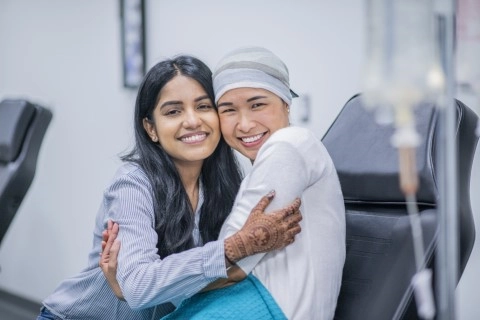
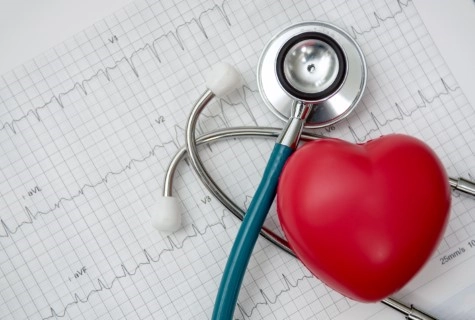




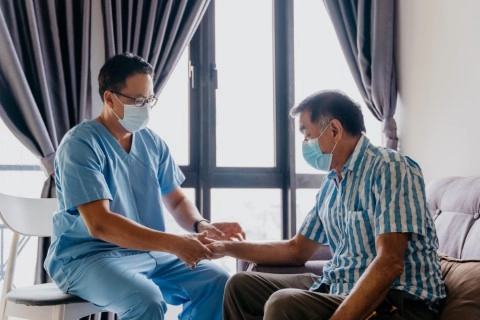
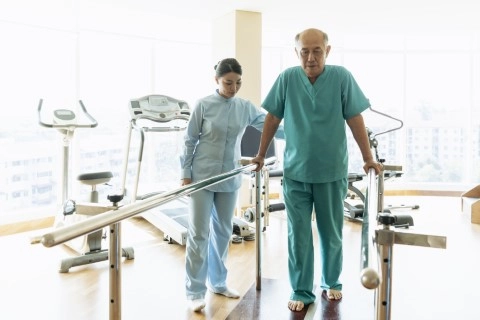
-500x500.webp?sfvrsn=60351b85_7)
.webp?sfvrsn=7ac66b9b_1)







